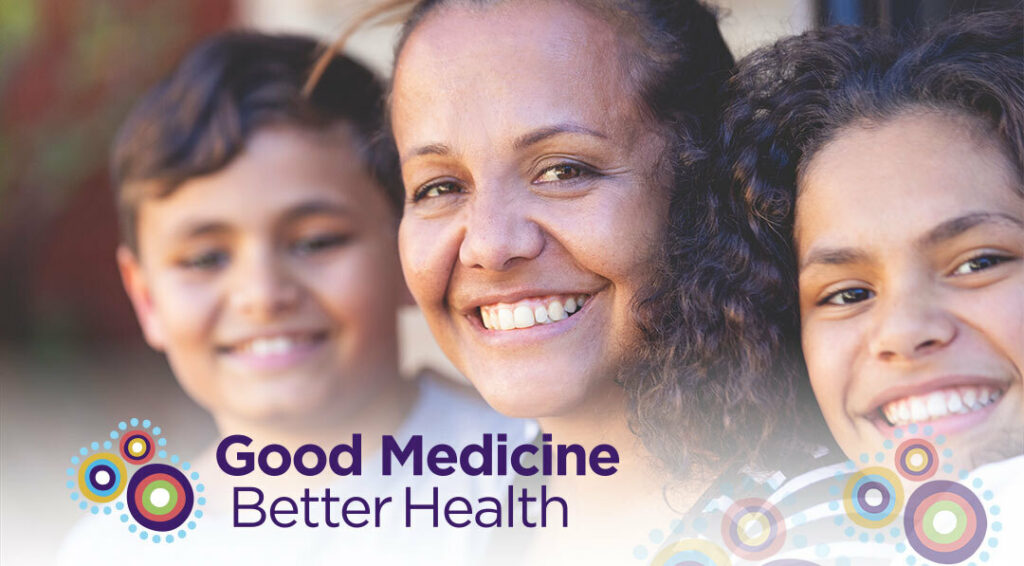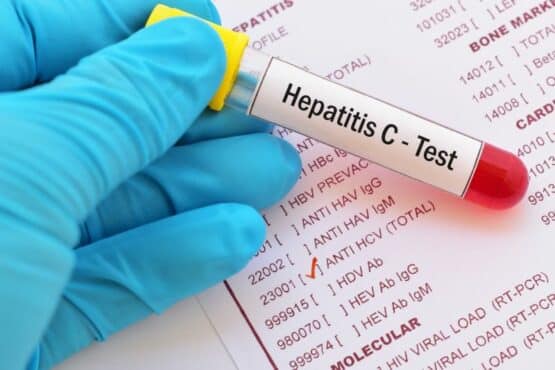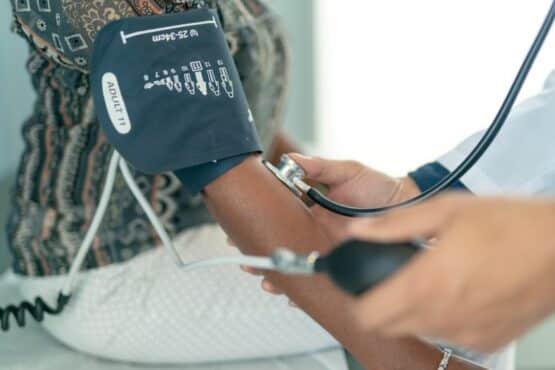Good Medicine Better Health (GMBH) is a series of Continuing Professional Development (CPD)-accredited learning modules and consumer resources on a range of health topics. These have been developed for Aboriginal and Torres Strait Islander Health Workers and Practitioners and their communities to improve quality use of medicines and medical tests.
Prior to closing down in December 2022, NPS MedicineWise had developed these modules and resources in collaboration with NACCHO and various other organisations within the Aboriginal and Torres Strait Islander health sector.
NACCHO will continue the GMBH program over the next two years with funding from the Department of Health and Aged Care under the Quality Use of Diagnostics, Therapeutics and Pathology Program (QUDTP).










